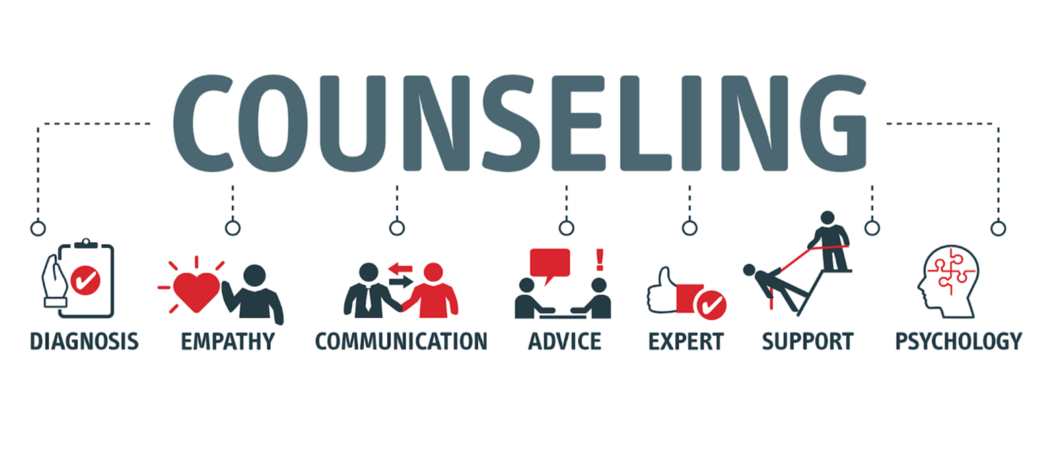|
Before we jump in…what is behavior analysis?
Behavior analysis is a term dating back to the early 1900’s marked by the famous and foundational research of B.F Skinner, Ivan Pavolov, and John Watson. While the ideas that have come from these brilliant minds paved the way for the work a behavior analyst does, we have also come a long way from the days of the Skinner Box. In today’s world, a behavior analyst works with individuals experiencing behavioral concerns to help them navigate the world in a productive way. While the old techniques often included the classic mouse receiving a reinforcement for good behavior, the techniques used today are much more than that. This includes working with both the individual and their immediate circle of support to address behavioral issues that adversely affect their quality of life. While it is still important to understand the reinforcers to encourage positive behavior change, it is also crucial to understand the ways in which environmental pieces influence those individuals behaviors as well. What does a behavioral analyst actually do? One on one with an individual: As behavioral analysts, we work to assess behaviors and their function as well as impact on someone's day to day life. For more on behaviors and what they can be, jump over to our blog post What is a behavior?. When assessing behaviors, we start with reviewing if they are occurring in a way that is more or less preferred. Less preferred behaviors occurring in an inappropriate environment usually lead to individuals and families to seek support. After we have assessed the behaviors, using evidence-based assessment tools like the FAST Assessment and Functional Analysis tools, we create a behavioral support plan including positive behavioral interventions to assist them in navigating healthier coping mechanisms. Through this process we work with the individual themselves to help identify the areas of their life that cause them distress or trigger the maladaptive coping mechanisms to come out. By identifying those situations we are able to work with them one on one to face these challenges head on. Through our one on one work we are also able to be proactive in identifying potential triggers. We are then able to practice with the individual methods for how to react in those situations before they come up as well as coping strategies for when they arise. Behavioral intervention work takes time and there is no immediate solution to decreasing challenging behaviors, however consistency in positive reinforcement is a tool we use as clinicians to support the individuals we serve in adapting their behavior in a way that helps them have a positive quality of life. With those who support an individual: Through this process we also work with parents, guardians, friends, family members, co-workers etc. to teach them how best to remind individuals of their positive coping mechanisms. Behavior Analysts will also work with those individuals in their common environments, like school or the workplace, to integrate both individual interventions and environmental interventions. We collaborate for a whole-person approach as behaviors are rarely caused by one precipitating factor, but rather a full life history of interacting with the world around you. Learn more about Behavior Services and where we can help.
0 Comments
|
Categories
All
Archives
July 2024
|
We Provide Services 24/7
Administrative Office Hours:
Monday - Friday
8:00 am - 5:00 pm
Phone: 720.684.6102
[email protected]
Fax: 303.261.8216
Mailing Address:
606 Mountain View Ave.
Longmont, CO 80501
Click to set custom HTML
© 2023 All RIGHTS RESERVED PRIVACY POLICY


 RSS Feed
RSS Feed